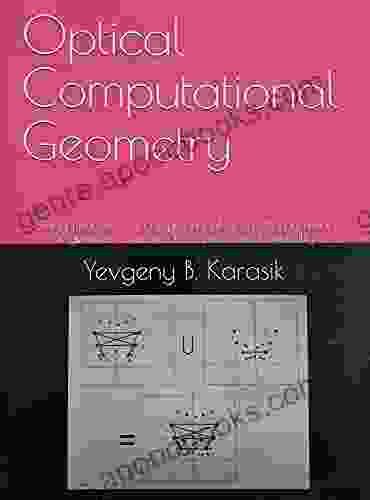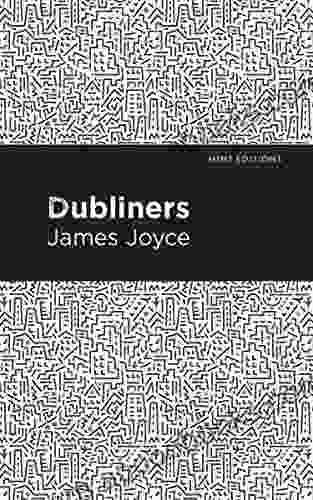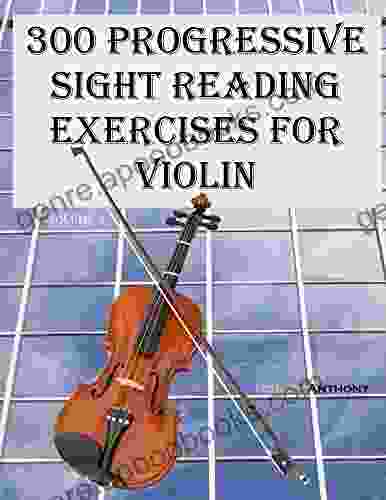Solving Problems of Computational Geometry by Means of Geometric Constructions

Computational geometry is a multifaceted field that leverages the power of mathematics and computer science to solve geometric problems. It underpins various disciplines from computer graphics and robotics to geographic information systems and computational biology. Amidst the diverse approaches to solving computational geometry problems, geometric constructions stand out as a fundamental and elegant technique. Geometric constructions involve the systematic application of geometric principles to decompose complex problems into simpler ones, ultimately leading to their resolution.
The Essence of Geometric Constructions
Geometric constructions are rooted in the classical methods of Euclidean geometry. They rely on the fundamental tools of compasses, straightedges, and protractors to create geometric figures that satisfy specific constraints. In computational geometry, these constructions are meticulously defined and implemented as algorithms, enabling computers to replicate the precision and efficiency of human geometric constructions.
5 out of 5
| Language | : | English |
| File size | : | 2712 KB |
| Print length | : | 153 pages |
| Lending | : | Enabled |
Geometric constructions offer a plethora of advantages in solving computational geometry problems. Firstly, they provide an intuitive and visual approach, making it easier to understand the problem and the solution methodology. Secondly, geometric constructions often lead to more efficient algorithms compared to purely algebraic or analytic techniques. This efficiency stems from the inherent parallelism in geometric constructions, which can be effectively exploited by modern computer architectures.
A Journey into Computational Geometry
To fully appreciate the power of geometric constructions in computational geometry, let us embark on a brief journey through some of the most prevalent geometric objects and algorithms:
The Convex Hull: Defining the Boundary
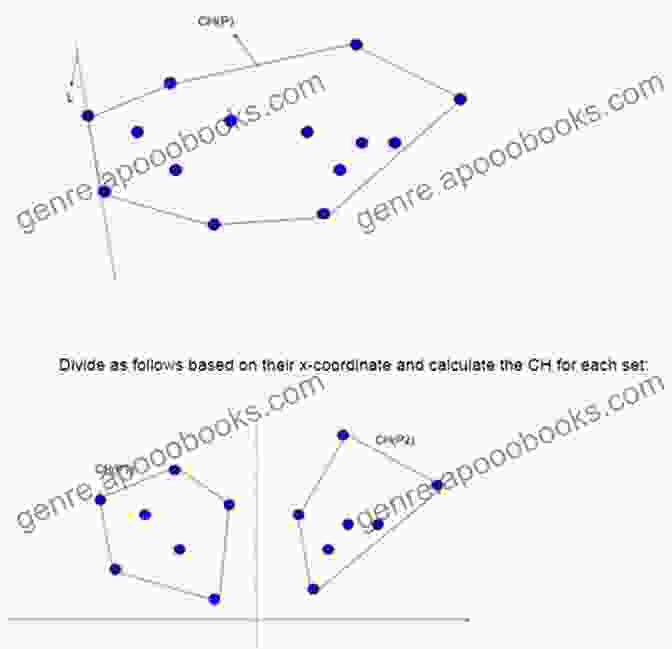
The convex hull is a fundamental concept in computational geometry, representing the smallest convex polygon that encloses a given set of points. It finds applications in areas such as image processing, pattern recognition, and terrain modeling. Geometric constructions provide an elegant approach to compute the convex hull efficiently, often outperforming other techniques in terms of computational complexity and visualization clarity.
The Voronoi Diagram: Dividing Space Optimally
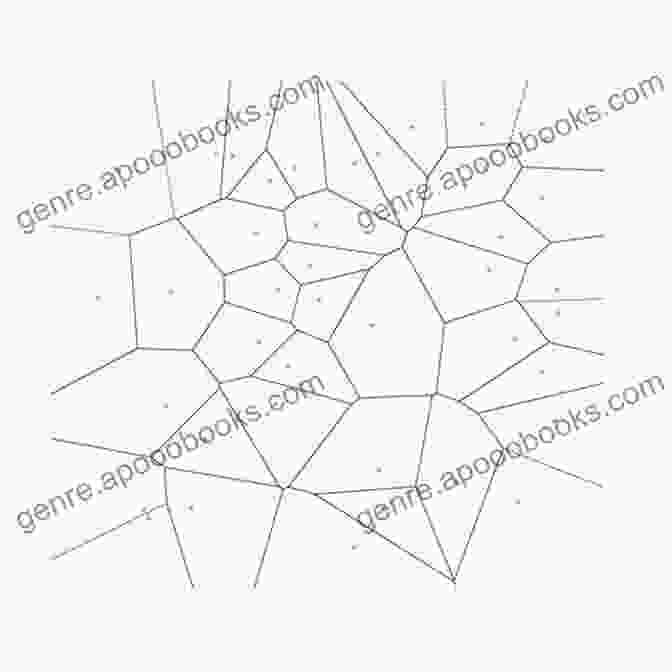
The Voronoi diagram is a powerful tool for partitioning space into regions, where each region contains all points closer to a specific seed point than to any other seed point. This intricate geometric construction is crucial in fields such as computational biology, geographical information systems, and sensor networks. Geometric constructions provide a robust approach to compute Voronoi diagrams, offering both theoretical guarantees and practical efficiency.
The Delaunay Triangulation: Connecting Points Optimally

The Delaunay triangulation is a geometric construction that connects a set of points with a network of non-intersecting triangles. It is unique in its property of maximizing the minimum angle in the triangulation, a criterion that makes it invaluable in applications such as mesh generation, finite element analysis, and computational physics. Geometric constructions provide a reliable and efficient method to compute Delaunay triangulations, enabling the exploration of complex geometric relationships.
Beyond the Basics
The applications of geometric constructions in computational geometry extend far beyond the fundamental concepts discussed earlier. Geometric constructions play a vital role in solving a wide spectrum of complex problems involving:
- Geometric Searching: Finding points or regions that satisfy specific geometric criteria.
- Geometric Optimization: Optimizing geometric structures, such as finding the shortest path or the maximum area.
- Geometric Approximation: Approximating complex geometric objects or structures.
- Geometric Data Structures: Designing efficient data structures for storing and manipulating geometric information.
The versatility of geometric constructions makes them indispensable in various industries, from manufacturing and robotics to finance and healthcare.
In the realm of computational geometry, geometric constructions stand as a powerful and versatile tool for solving complex geometric problems. Their intuitive nature, combined with their efficiency and adaptability, makes them a valuable asset for researchers, practitioners, and students alike. As geometric constructions continue to evolve and new applications emerge, we can anticipate even more remarkable advancements in the field of computational geometry.
To delve deeper into the fascinating world of geometric constructions and computational geometry, the book Solving Problems of Computational Geometry by Means of Geometric Constructions offers a comprehensive and accessible guide. This invaluable resource empowers you to master the techniques of geometric constructions and unlock the full potential of computational geometry.
Embark on a journey of discovery with this exceptional book and transform your problem-solving capabilities in computational geometry today!
5 out of 5
| Language | : | English |
| File size | : | 2712 KB |
| Print length | : | 153 pages |
| Lending | : | Enabled |
Do you want to contribute by writing guest posts on this blog?
Please contact us and send us a resume of previous articles that you have written.
 Book
Book Novel
Novel Page
Page Chapter
Chapter Text
Text Story
Story Genre
Genre Reader
Reader Library
Library Paperback
Paperback E-book
E-book Magazine
Magazine Newspaper
Newspaper Paragraph
Paragraph Sentence
Sentence Bookmark
Bookmark Shelf
Shelf Glossary
Glossary Bibliography
Bibliography Foreword
Foreword Preface
Preface Synopsis
Synopsis Annotation
Annotation Footnote
Footnote Manuscript
Manuscript Scroll
Scroll Codex
Codex Tome
Tome Bestseller
Bestseller Classics
Classics Library card
Library card Narrative
Narrative Biography
Biography Autobiography
Autobiography Memoir
Memoir Reference
Reference Encyclopedia
Encyclopedia Martin Shields
Martin Shields Paul Gallico
Paul Gallico Nancy Sulla
Nancy Sulla Skylar Finn
Skylar Finn Rachel Mcpherson
Rachel Mcpherson Nathaniel Wake
Nathaniel Wake Willi Paul Adams
Willi Paul Adams Tabetha Hedrick
Tabetha Hedrick Lee Strobel
Lee Strobel Michael L Wehmeyer
Michael L Wehmeyer Kimberly Mccreight
Kimberly Mccreight Mark Winegardner
Mark Winegardner Stacy Horn
Stacy Horn Pero Vaz De Caminha
Pero Vaz De Caminha Robin Maria Delugan
Robin Maria Delugan Koji Kondo
Koji Kondo Matthias Herdegen
Matthias Herdegen Neil Mercer
Neil Mercer Michael Parenti
Michael Parenti Phillip Tomlinson
Phillip Tomlinson
Light bulbAdvertise smarter! Our strategic ad space ensures maximum exposure. Reserve your spot today!
 Enrique BlairFollow ·7.2k
Enrique BlairFollow ·7.2k Terry BellFollow ·15.7k
Terry BellFollow ·15.7k Eddie PowellFollow ·4.2k
Eddie PowellFollow ·4.2k Ernest PowellFollow ·6.7k
Ernest PowellFollow ·6.7k Theodore MitchellFollow ·5.5k
Theodore MitchellFollow ·5.5k Joseph ConradFollow ·11.6k
Joseph ConradFollow ·11.6k Ronald SimmonsFollow ·13.4k
Ronald SimmonsFollow ·13.4k Pat MitchellFollow ·14k
Pat MitchellFollow ·14k

 Finn Cox
Finn CoxCarmen Suite For Flute Quartet (G Alto Flute) ( Carmen...
Experience the Magic of...

 Andy Cole
Andy ColeUncover Hidden Truths: A Comprehensive Guide to Detecting...
: The Silent...

 Ken Simmons
Ken SimmonsUnleash Your Potential: Transform Frustration and...
Are you tired of feeling...

 Rick Nelson
Rick NelsonHard To Kill: A Gripping Thriller That Will Keep You on...
Tom Rollins is a...

 Ivan Turner
Ivan TurnerUnleash the Power of Your Breath: Discover Breath...
In the tapestry of life, where stress and...
5 out of 5
| Language | : | English |
| File size | : | 2712 KB |
| Print length | : | 153 pages |
| Lending | : | Enabled |


